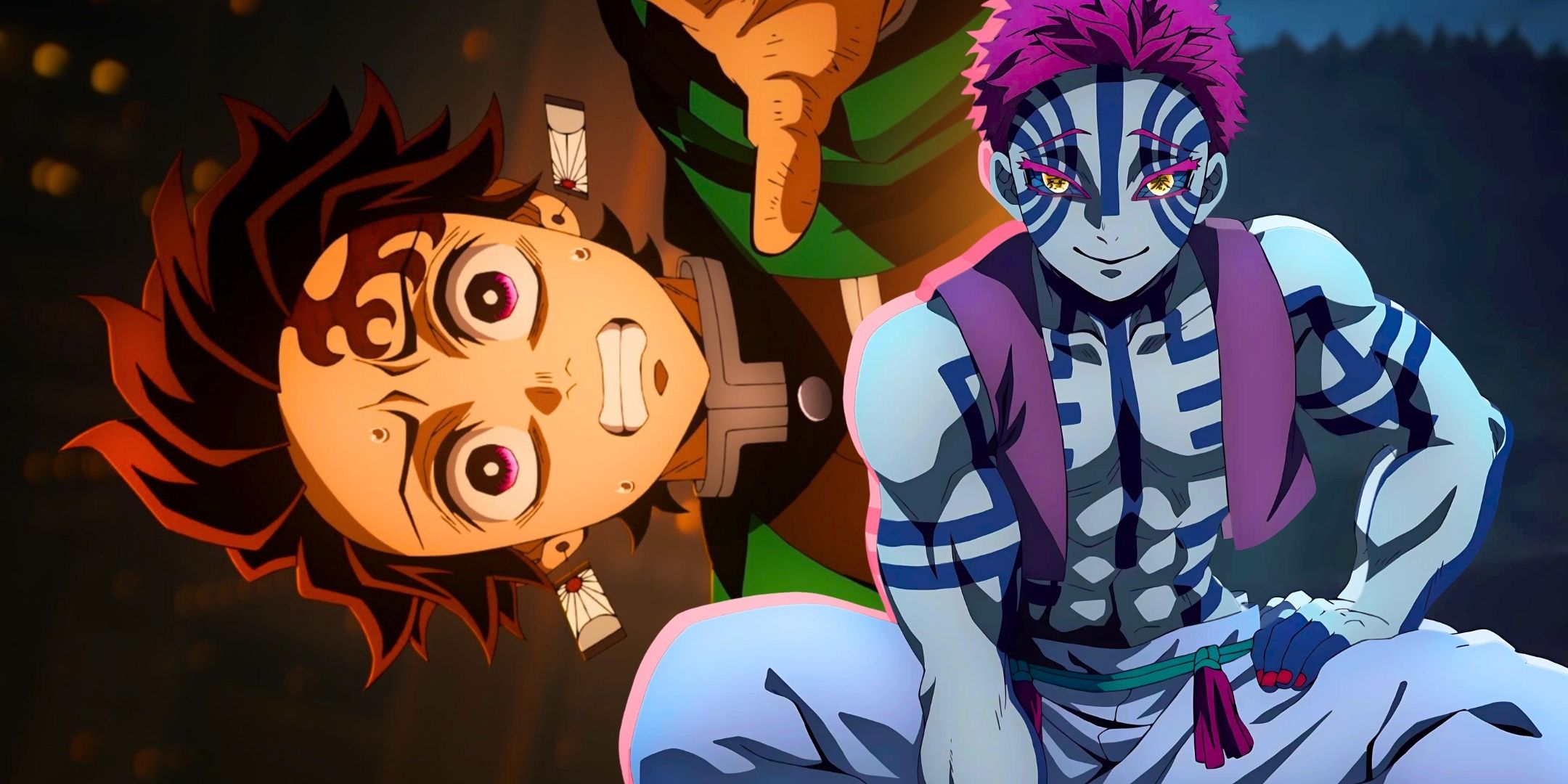
Because the anime is nearing the end of its source material, there isn’t much time left to fully develop all the characters. While the story still has a bit to go, manga fans know the conclusion is close, meaning limited opportunities for character growth. The main heroes, like Tanjiro and Zenitsu, received thorough development, but the villains working for Muzan weren’t given the same attention.
Some of the villains in Demon Slayer were well-developed, especially early antagonists like Kyogai and Rui, the spider demon. However, as the story progressed to the battles against the Upper Moons, the focus shifted more towards the strength of the fighters and their techniques, and less on the villains’ backstories. While the Upper Moons weren’t simply there to be defeated, none of them had quite as much impact on the series as Akaza, Upper Moon 3.
Mugen Train Made Akaza Demon Slayer’s Most Hated Demon
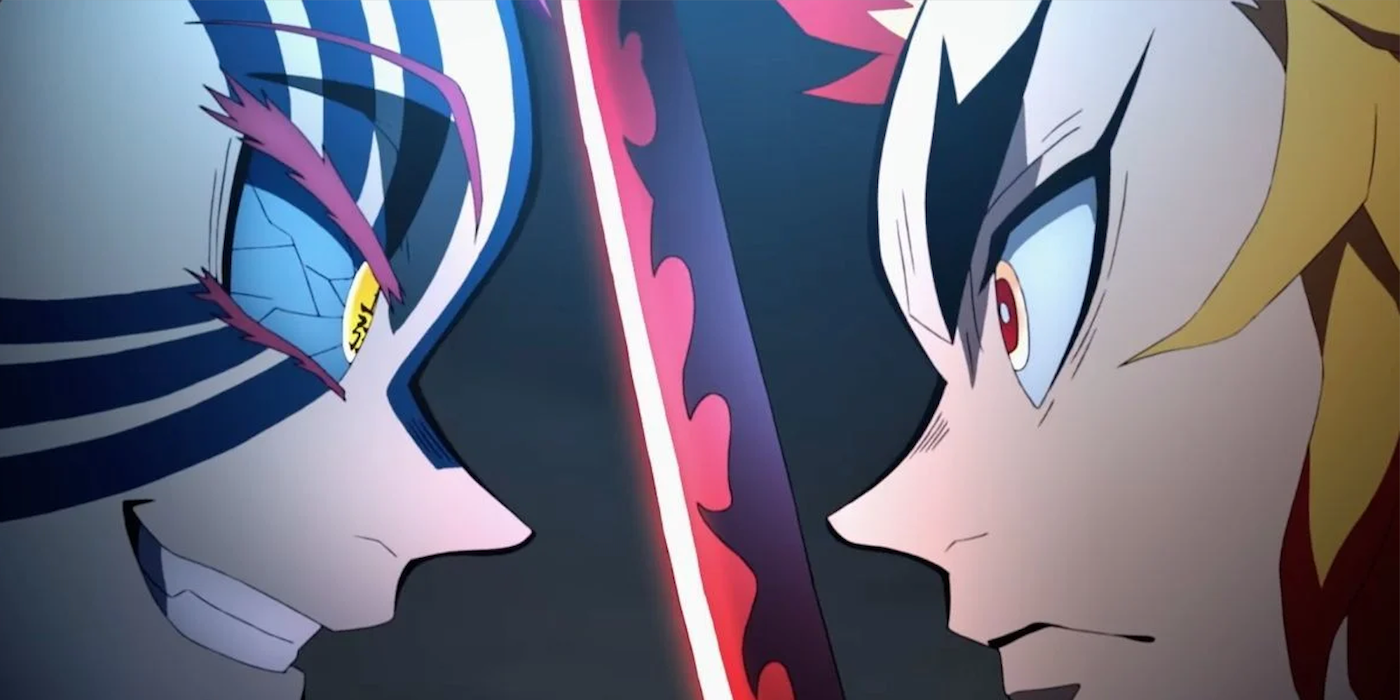
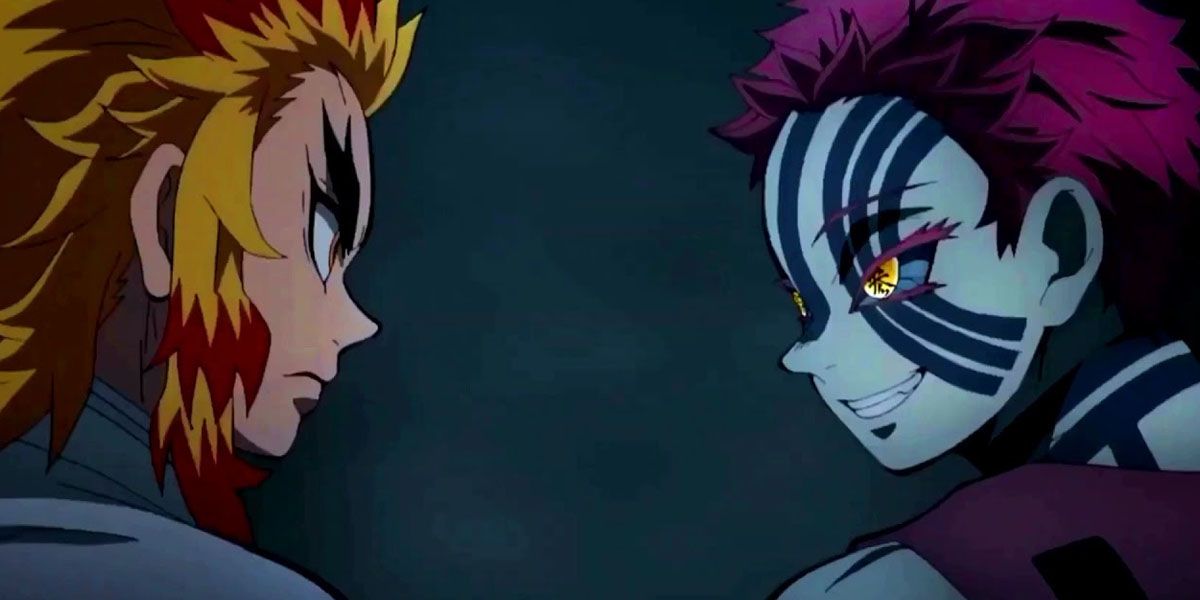
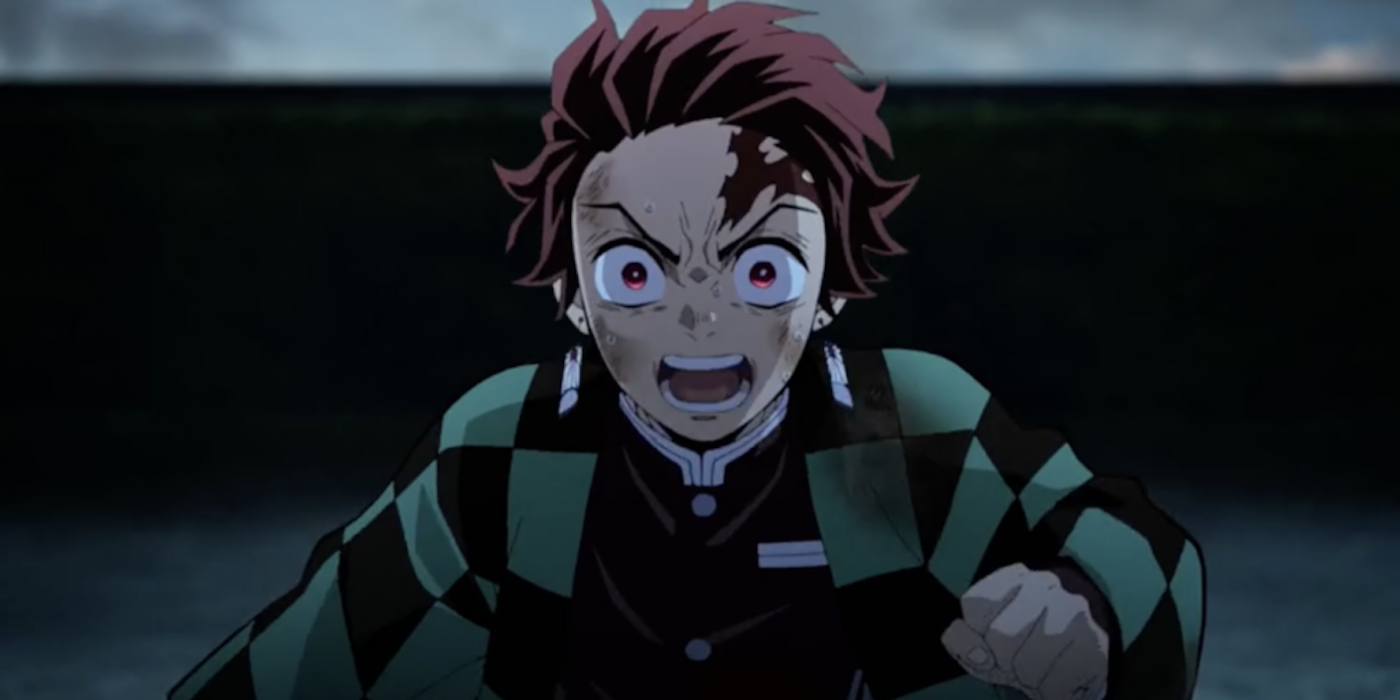
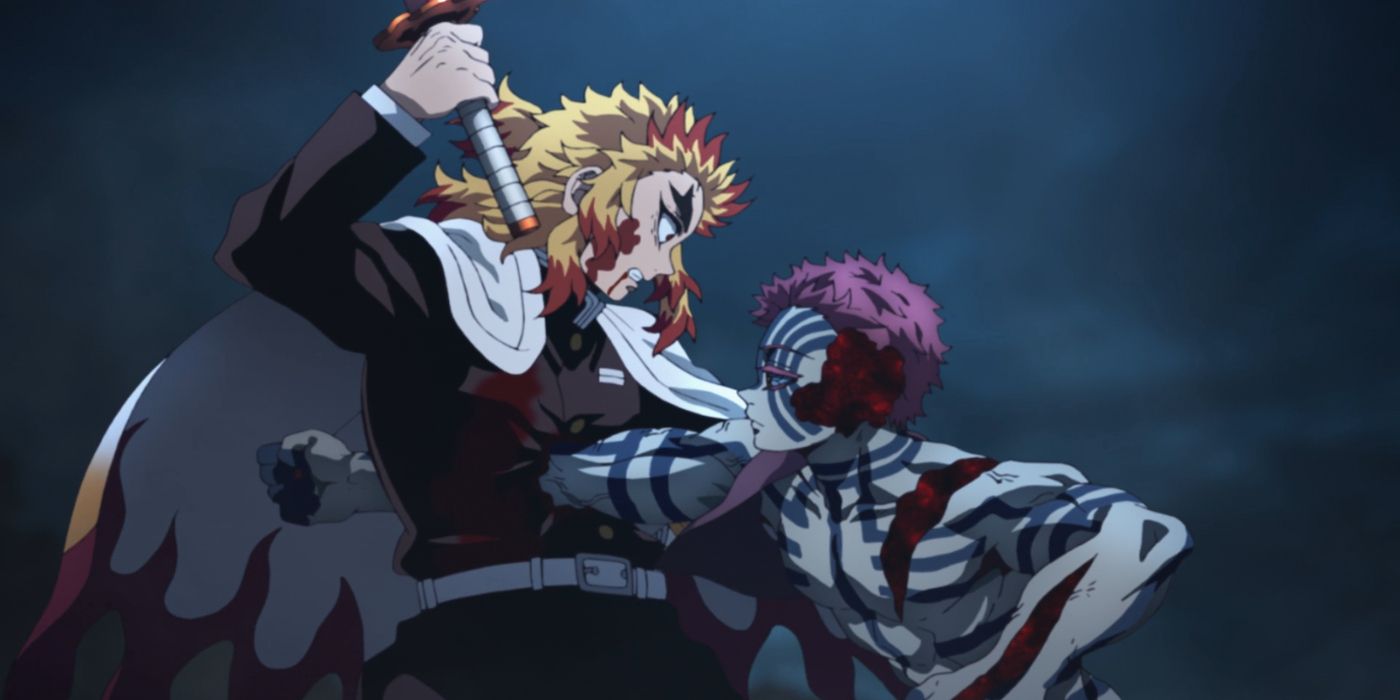
Honestly, out of all the demons, Akaza just gets under my skin the most! He wasn’t necessarily the strongest Upper Moon, and he didn’t rack up the highest kill count, but man, he’s a truly hateable villain. He just has this way of making you personally root against him – and as a fan, that’s a powerful thing! He’s the demon I love to hate, for sure.
Akaza stood out to fans of Demon Slayer and created a more powerful emotional reaction than any other villain in the series. While many action anime try to tug at your heartstrings, Demon Slayer really focuses on building those emotional connections to make its story more engaging. Demon Slayer’s strong emotional foundation can be a strength, but with Akaza, it unfortunately led to a very negative response from viewers.
Akaza’s brutal killing of Kyojuro Rengoku, the Flame Hashira, remains a shocking moment for fans of Demon Slayer. This intense battle was particularly impactful because it followed the satisfying defeat of Enmu, and because it shattered the image of Kyojuro as an unbeatable warrior. Viewers had grown to love Kyojuro as a strong, likable, and encouraging figure to Tanjiro and his friends, making his defeat all the more devastating to watch.
The fight with Akaza became deeply personal for both Tanjiro and viewers of Demon Slayer. Throughout the series, Tanjiro usually fought demons out of a sense of duty – to protect others or himself – and often felt sympathy for them, even as he defeated them. However, after Kyojuro’s death, Tanjiro saw Akaza as a direct rival, making him only the second demon Tanjiro truly wanted to destroy personally. As long as Akaza lived, he represented an unavoidable and deeply felt confrontation, someone who needed to be held accountable for his actions. No other demon evoked such a strong, personal reaction from Tanjiro, making Akaza uniquely significant.
Akaza’s Send-Off Was a Perfect Way to Challenge Fans
After seeing the Demon Slayer: Infinity Castle movie, fans now understand Akaza’s complete story – from his beginnings as the human Hakuji to his final battle with Tanjiro and Giyu. As many expected, the movie delved deeply into Akaza’s past, showing the highs and lows of Hakuji’s life as a martial artist – some viewers felt this flashback took up a significant portion of the film’s runtime. While any character’s story can reach a conclusion, the key is to do so in a way that feels impactful, satisfying, and provides meaningful closure. Akaza’s death achieved this, arguably even more effectively than the deaths of characters like Rui, Daki, and Kyogai.
The demons in Demon Slayer often have surprisingly poignant deaths. While it’s satisfying to see these monstrous creatures defeated, it’s also sad because they were once human, and their choices led to their tragic fates. Akaza embodies this complexity particularly well, largely due to his detailed backstory as the human Hakuji, and because we see him fight extensively on screen. More than any other powerful demon, Akaza powerfully conveys the emptiness of strength. The anime frequently suggests that gaining power as a demon doesn’t bring true happiness, and Akaza’s story makes this theme incredibly clear. He perfectly illustrates how a strong exterior can mask inner pain, but never truly fix it.
Even before becoming a powerful demon, this character understood he only had his physical strength – and his father’s affection. As Hakuji, he lacked direction, a future, or any close friends. He was a troubled young man searching for stability, finding a brief sense of belonging at the Soryu dojo before it was taken from him. Fighting was all he knew, so he held onto it as everything else disappeared. This continued even after becoming the Upper Moon 3; he still didn’t know what else to do, simply striving to become stronger.
It all ended with Akaza finally facing the inevitable. After Tanjiro and Giyu defeated him, and he had time to think about his life as Hakuji, he seemed to realize he’d wasted his incredible strength. It was almost fitting that he ultimately used that power to destroy himself, finally doing something worthwhile with it by eliminating the dangerous being he’d become. It felt like he was punishing himself for valuing strength above all else. Interestingly, even with all their power, Tanjiro and Giyu couldn’t quite deliver the final blow. The whole situation felt less about being defeated in a fight, and more about Akaza needing to atone for how he’d misused his abilities.
None of the Upper Moons Will Ever Mean as Much to Fans as Akaza
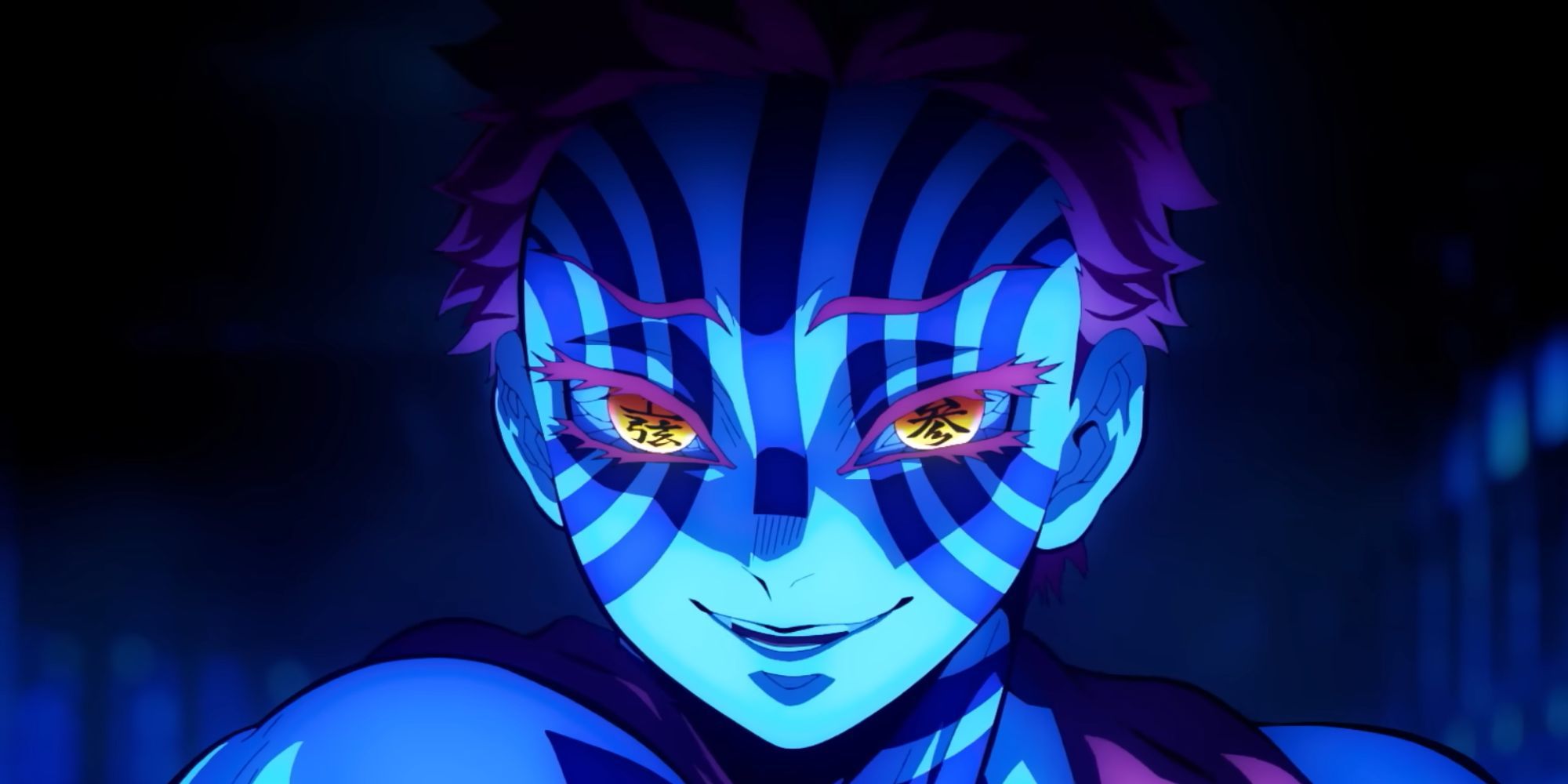
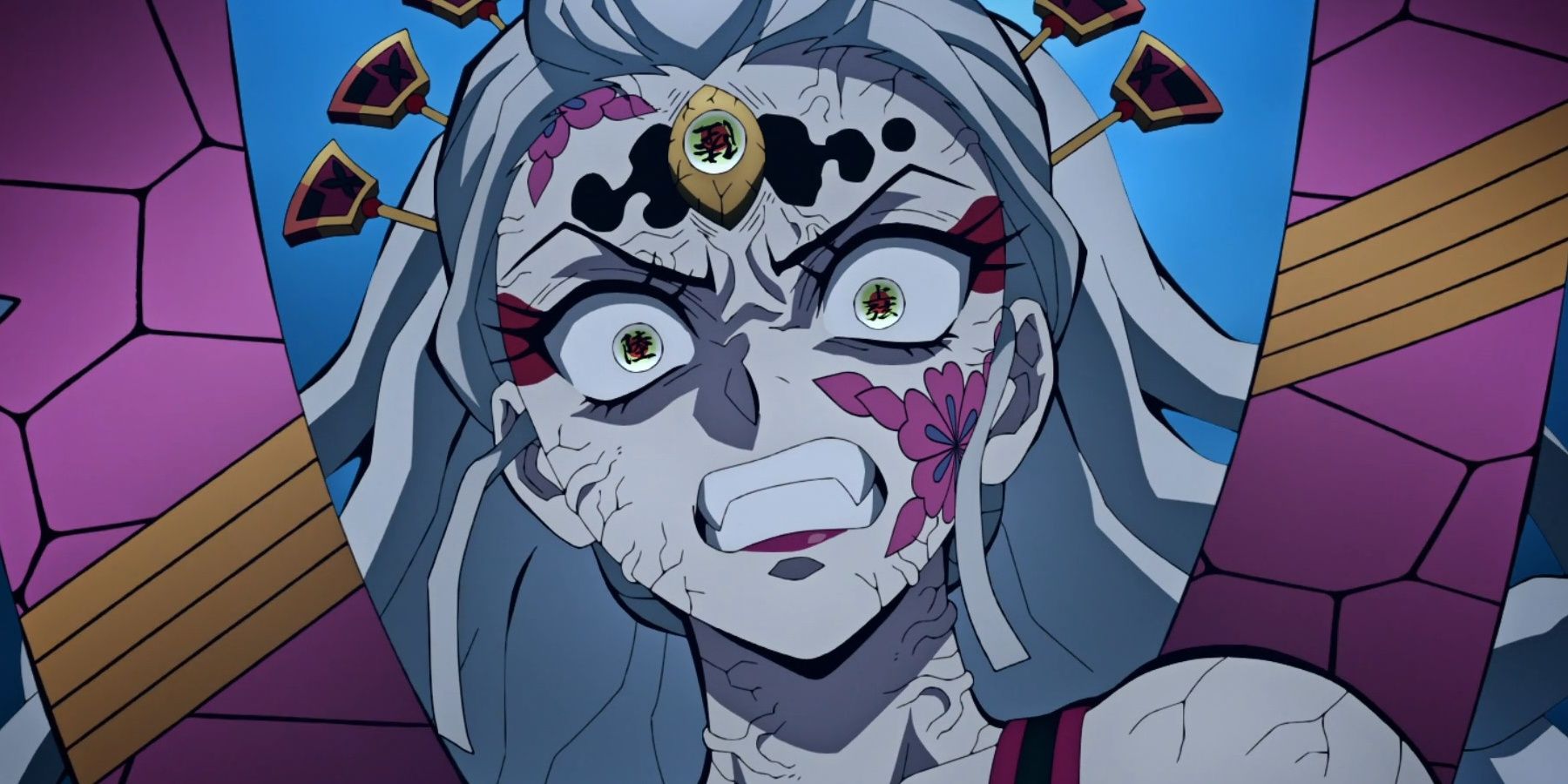
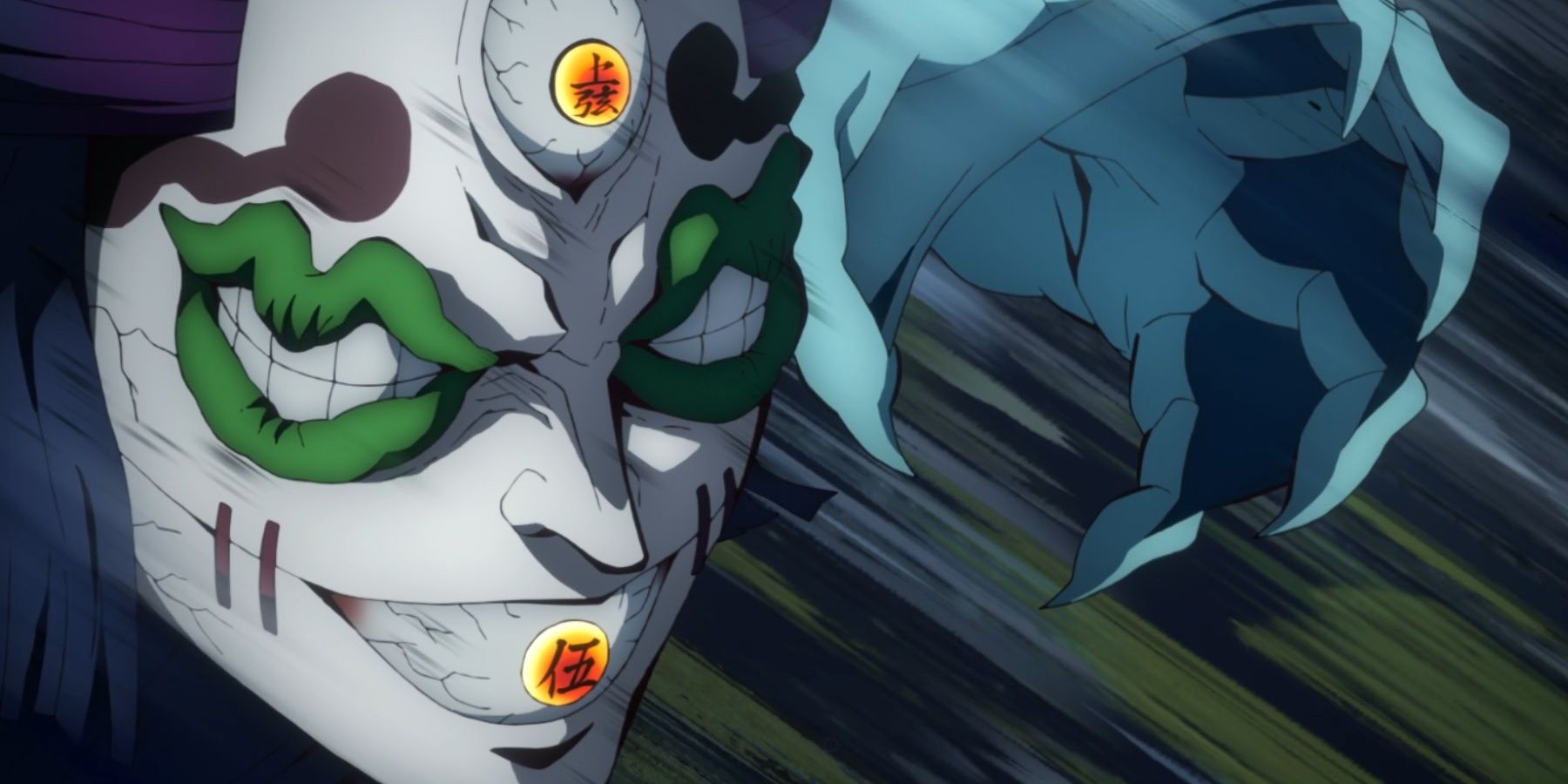
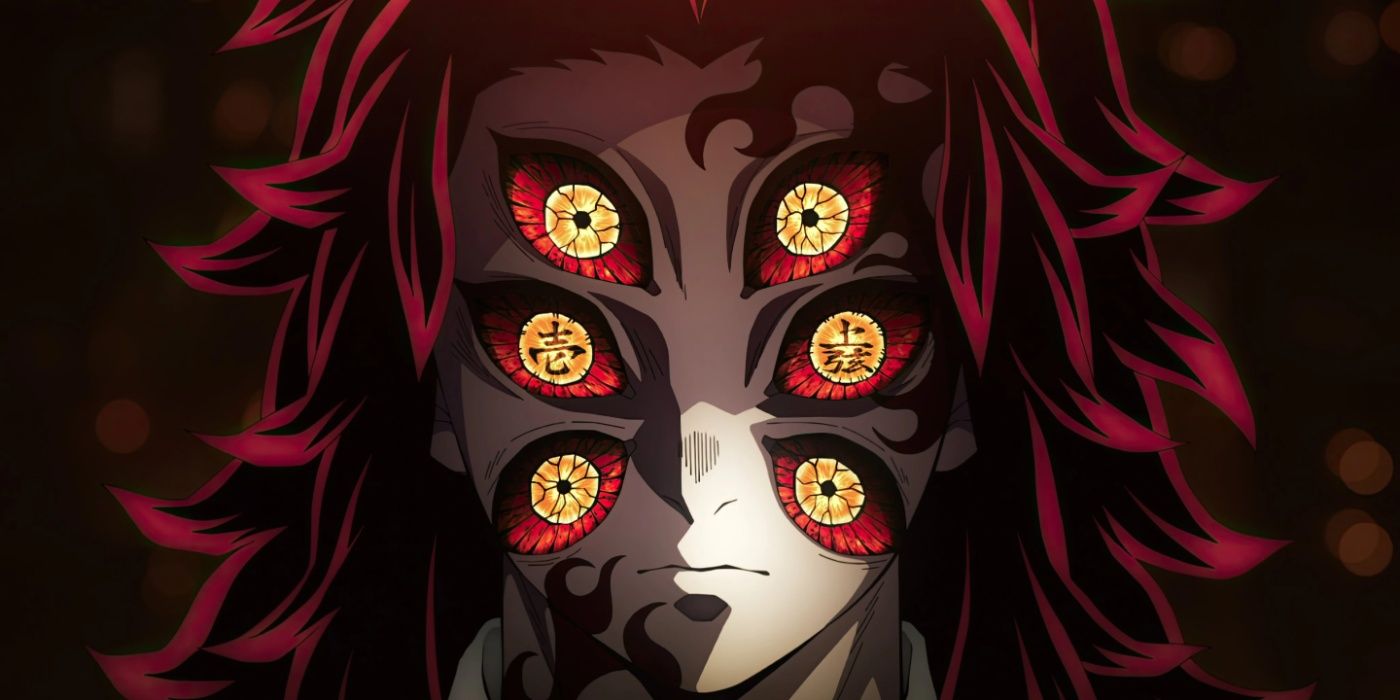
Beyond his compelling personality and intriguing outlook on strength, Akaza is arguably the most memorable member of Muzan’s demon army because he appears on screen more than others and develops significant relationships with the main characters of Demon Slayer. Meaningful connections are important in this emotional anime, but many of the demons didn’t prioritize building them. While Rui had a troubled family, and Kokushibo shared a bond with the original Sun Breathing user, and Doma was the target of Shinobu Kocho’s revenge, Akaza’s story is unique due to how much time we spend with him and the strong ties he forms with the series’ most beloved characters.
Akaza killing Kyojuro felt more impactful than Doma killing Kanae, because viewers actually got to know Kyojuro and see his death firsthand. When a villain like Akaza causes such strong grief and anger in the heroes, it feels deeply personal – defeating the other Demons felt more like a job. While it was cool to see Muichiro beat Gyokko, and Tanjiro’s team defeat Daki and Gyutaro, it didn’t have the same emotional weight. Akaza, however, was the villain Tanjiro and the audience needed to overcome. He stood out as the only Demon who killed a character we loved and posed a continued threat. In a series as concise as Demon Slayer, that makes Akaza a particularly memorable villain, and fans are responding strongly to that.
Read More
- Zerowake GATES : BL RPG Tier List (November 2025)
- Super Animal Royale: All Mole Transportation Network Locations Guide
- Hazbin Hotel Voice Cast & Character Guide
- How Many Episodes Are in Hazbin Hotel Season 2 & When Do They Come Out?
- T1 beat KT Rolster to claim third straight League of Legends World Championship
- Terminull Brigade X Evangelion Collaboration Reveal Trailer | TGS 2025
- What time is It: Welcome to Derry Episode 3 out?
- Where Winds Meet: March of the Dead Walkthrough
- Decoding Shock Waves: How Deep Learning Is Illuminating Particle Acceleration
- 5 Years Later, I’m Still Mad About This Christmas Movie’s Ending
2025-10-25 01:14